Right now, much of the West Coast is wrapping up another wine vintage, or trying to at least. Much of the region is also currently parched, battling an intensifying climate, or has gone up in flames altogether.
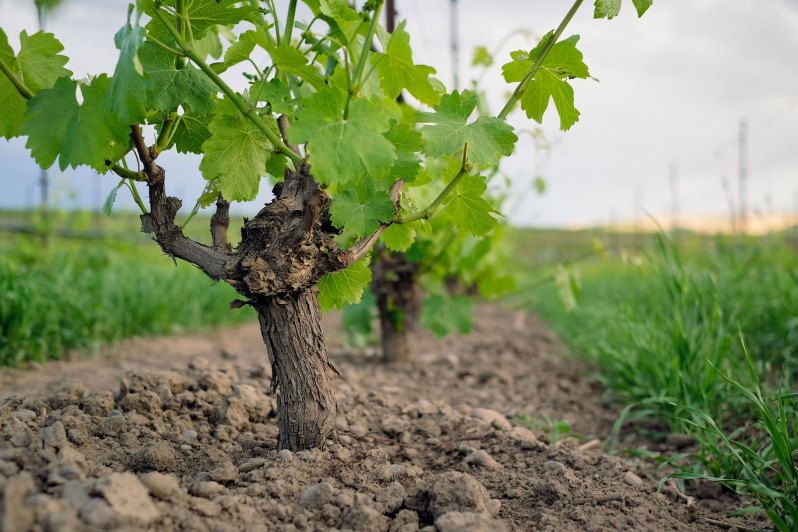
The Kincade Fire in Sonoma has already spawned the largest evacuation in the county’s history. Several wineries have burned down, including Soda Rock in the Alexander Valley. Countless more went without power, sometimes in mid-harvest while trying to wrap up this year’s winemaking duties. All across the northern part of the state, the industry juggled survival and another crush. But it’s not unique to California growing regions. The challenges stretch north all the way to the Okanagan Valley.
We’ve all heard the adage about vines enjoying a bit of stress but this is a bit much. Worse, we’re realizing that this is very much the new normal. How will wine in the West Coast fare amid this extra volatile environment?
Like farmers, vintners have a certain connection with the land. It’s no surprise then that many have already started adapting to these morphing growing conditions. That means everything from Willamette Valley growers looking to the foothills of nearby mountain ranges for cooler temperatures to California growers planting less water-dependent varieties and counting on new technologies to conserve water when irrigating.
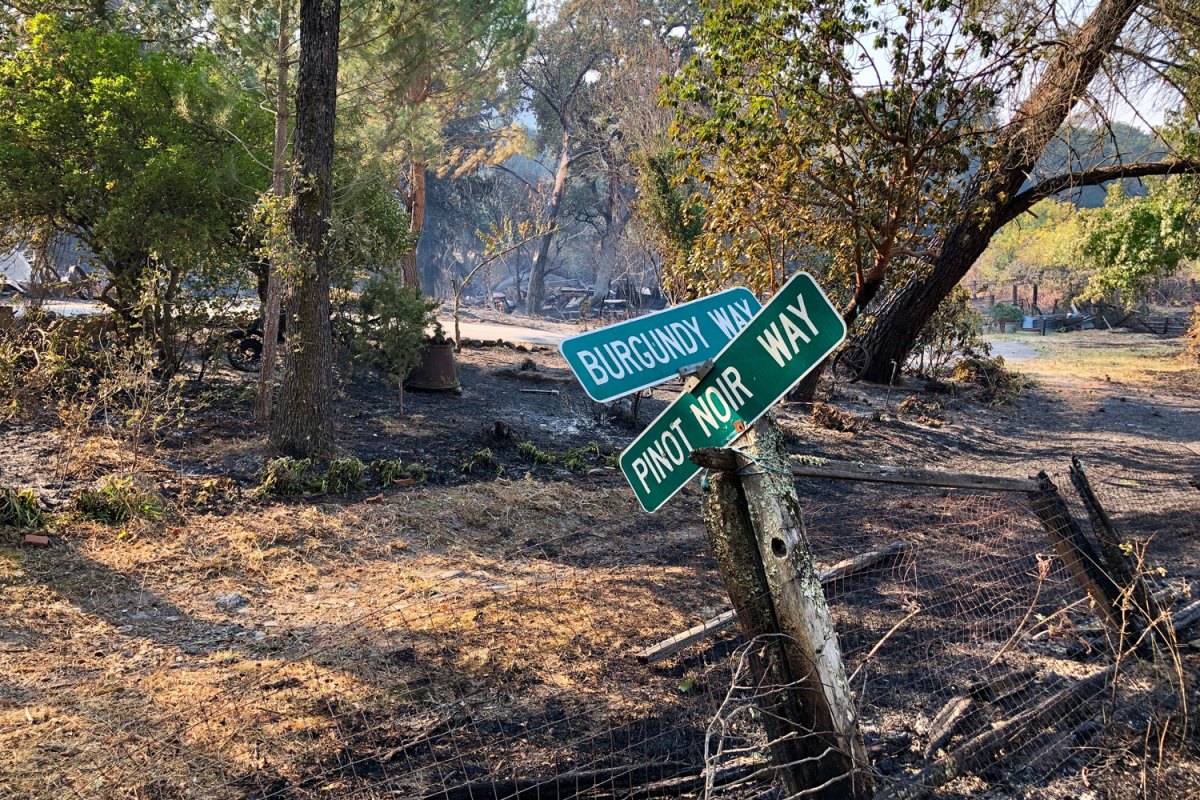
Where there are fires — and they’re everywhere, from British Columbia down to Baja — there’s smoke to be dealt with. Wine grapes are particularly vulnerable to extended periods of lingering haze. Increasingly, folks will pick early to limit exposure, employ cellar equipment like reverse osmosis machines to filter out the bad chemistry, or, when all else fails, try to blend the wine down or trash it altogether.
Anybody who’s tasted a smoke-impacted wine knows that a little influence can be interesting. But once you hit the threshold, it’s another story entirely (vintners describe these “tainted” wines as having an ashy, cigarette tray qualities). It’s a fine line the West Coast wine machine is grappling with more and more.
Chad Stock (no relation to this writer) is a winemaker and grower based in the Willamette Valley. For years, he’s fought trends and more traditional agricultural techniques in the name of experimentation and greener practices in general. He currently consults at Constant Crush Advisors and thinks one of the most important winegrowing topics in Oregon right now is biochar. This re-emerging means of managing organic waste is especially important in the Northwest, where so much brush and timber must be cleared when vineyards are starting or expanding. Stock believes it to be the future of composting and proper soil management.
“Biochar has the ability to raise the pH of our soils which we badly need across most of the land and is especially important for the grape varieties we currently farm,” he says.
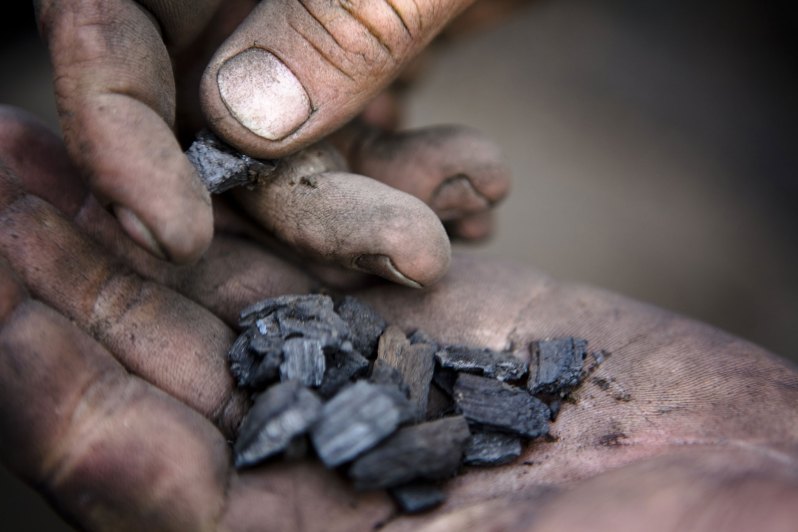
There’s the shifting climate, too, which is shrinking the valley’s beloved daily diurnal temperature fluctuations. Hence, growers are looking higher in the hills to hold on to vital acid levels in fruit, for the region’s popular Pinot Noir especially. “The lower elevation areas are now being planted diversely, introducing several new grape varieties previously now known in the Willamette Valley,” Stock adds. This is a certain victory for Stock, who has been pushing for more than simply Pinot in the region for a while now.
As for sustainability, well, Stock says it’s dead. Consumers see through the marketability that’s been forced upon the topic. He prefers “regenerative farming,” which an increasing portion of the current winemaking generation is also embracing. The term acknowledges that past farming techniques have abused the land and the time for restoration is now. “Even organics is an aging concept,” Stock says. “It may indicate that the farming amendments and final product are safer and less disruptive to humans and nature compared to conventional amendments, yet it lacks philosophical depth and a real analysis of farming technique.”
He argues that now is the time for industry-changing conversations like these. After all, this is the era of B-Corps and genuine appeal in full social and environmental transparency. Unfortunately, he says, this tends to be ignored by many growers and vineyard management companies. “It brings opportunity and a responsibility for winemakers to bring light to this issue and to the disconnect in the industry,” he says.
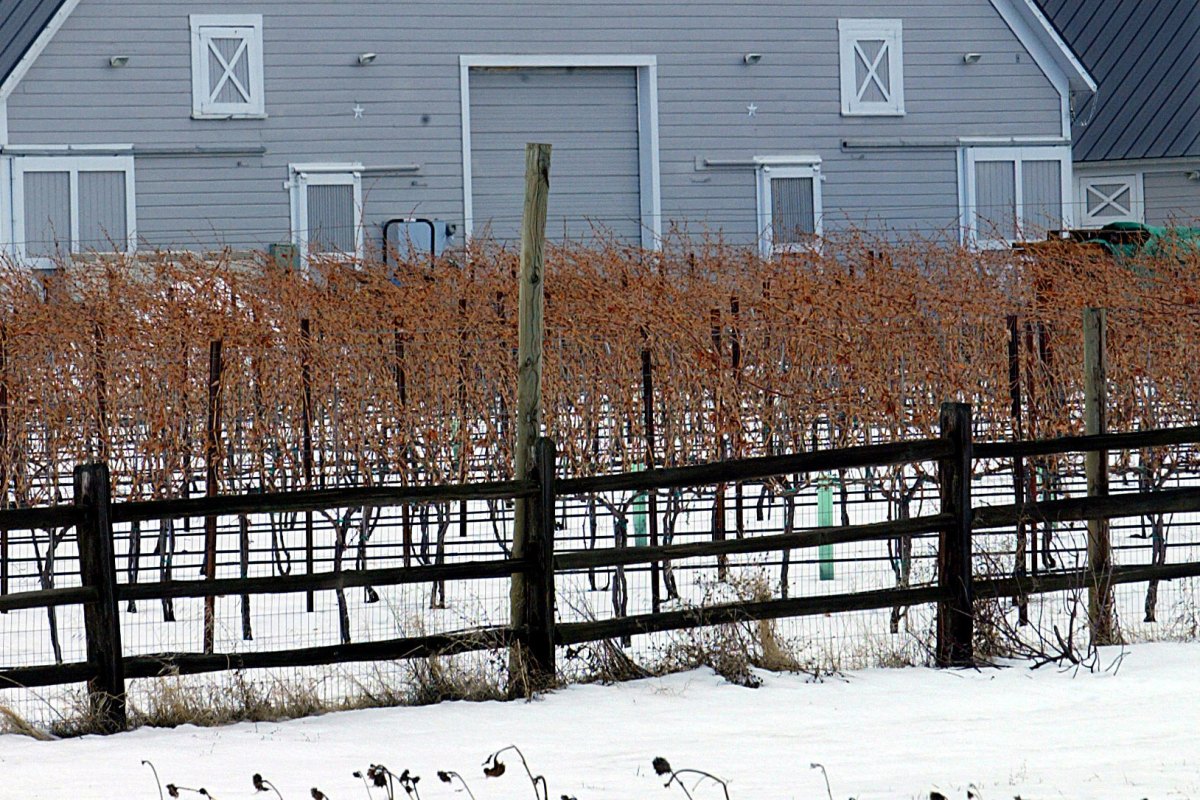
In the Walla Walla Valley, growers battle heat in the summer and extreme cold the rest of the year. Brooke Robertson is the Director of Viticulture at SJR Vineyard, her family’s lauded estate. A good chunk of that fruit funnels into Delmas, her family’s label. It sits within the acclaimed and emerging Rocks District of Milton-Freewater in the northwest corner of Oregon, just across the border with Washington.
Robertson says it’s typical for the region to experience single-digit temperatures by October, right around harvest time. The SJR Vineyard has been cut down to the ground three times already due to devastating freezes, crazy given that it was established in just 2007. “Global warming, fires, epic freeze events — being a viticulturist these days is quite the challenge,” Robertson says. “The challenge to winemakers today is how do we rise above our climactic challenges and still create the best wine grapes humanly possible?”
Devastating winter kills in the vineyard were the impetus for a new growing approach, one that’s gaining respect in The Rocks. Robertson devised the “mini-head-trained” vine structure, one that’s set low to the ground and encourages airflow. Most importantly, it allows for a clever trick that can handle the frigid conditions. “Through this method of terroir-specific vine training, we are able to bury the entire trunk and first two-to-three buds on every shoot of the vine for maximum over-winter protection,” she says.
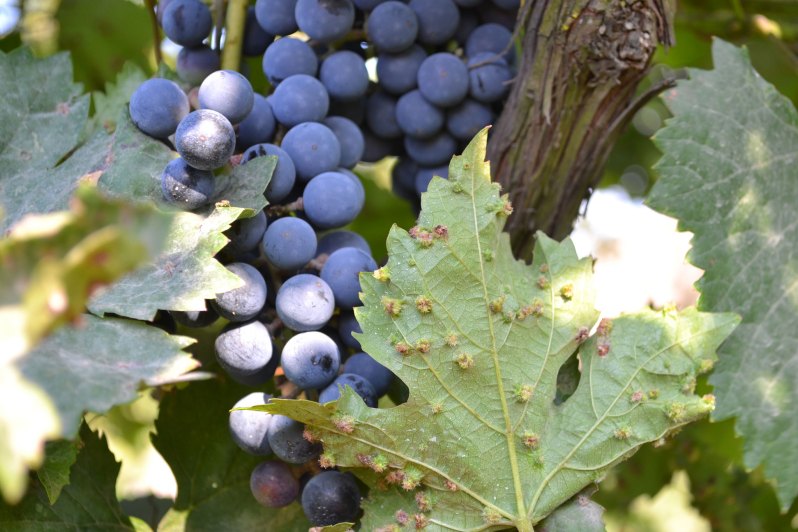
Presently, the Walla Walla Valley is dealing with its first phylloxera outbreak. Robertson believes the region could look to California for inspiration for some kind of effective quarantine, as the Napa Valley recently did in combating the European Grapevine Moth. “It was phenomenal to see an entire wine-growing region get behind the eradication of a single pest,” she says. “Not that we can eradicate phylloxera, but we can sure stop the spread of it.”
While threats loom, there’s also room for optimism. Substantial wings of the West Coast winemaking realm are pushing past traditional routes and certifications for real change that will allow the industry to push on, in style even.
“Knowledge is power,” Robertson says.


